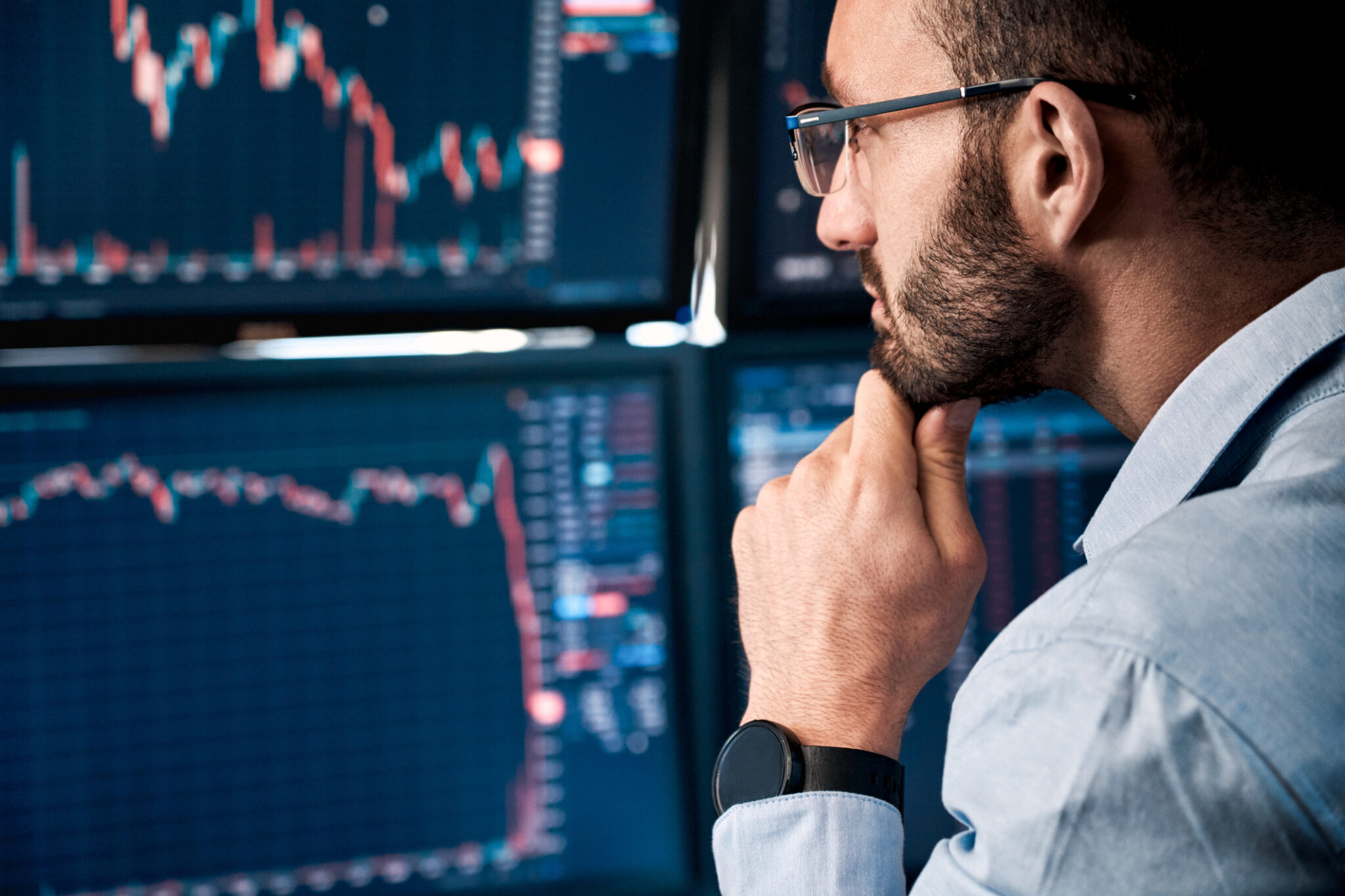Beginner Introductory Forex Course
Beginner Introductory Forex Course

About Course
Have you ever traveled to another country and exchanged your money for a different currency? If yes, then you’ve already taken part—on a small scale—in the foreign exchange market, also known as Forex or FX.
But did you know that this same market is also where millions of people across the world trade currencies online every single day to try and make a profit?
Welcome to the world of Forex trading—the largest and most liquid financial market on Earth. If you’re curious about how it works and how beginners can get started, this post is for you.
🌍 What Is Forex?
Forex stands for Foreign Exchange, and it’s the global marketplace where currencies are bought and sold. Unlike the stock market, the Forex market doesn’t have a physical location or central exchange. It’s open 24 hours a day, five days a week, and operates across major financial centers like London, New York, Tokyo, and Sydney.
In simple terms: Forex trading is the act of exchanging one currency for another with the goal of making a profit.
💱 How Does Forex Trading Work?
Currencies are traded in pairs. For example:
-
EUR/USD (Euro vs. US Dollar)
-
GBP/JPY (British Pound vs. Japanese Yen)
When you trade Forex, you’re buying one currency while simultaneously selling another.
Example:
If you believe the Euro will rise in value compared to the US Dollar, you would buy the EUR/USD pair. If the Euro does rise and you close your trade, you make a profit.
📈 Why Do People Trade Forex?
Here are a few reasons why Forex has become popular among traders:
✅ Low Capital Requirement: You can start with as little as $10 using a broker that offers leverage.
✅ High Liquidity: It’s easy to buy or sell currencies without delay.
✅ Flexible Schedule: You can trade anytime, day or night.
✅ Potential for Profit: Traders make money from even small price movements, especially when using leverage.
📊 The Basics You Should Know
Before jumping in, it’s important to understand some key terms:
-
Currency Pair: A combination of two currencies (e.g., EUR/USD).
-
Pip: The smallest price move a currency pair can make, typically 0.0001.
-
Lot: The size of your trade. Standard lots are 100,000 units, but you can also trade mini or micro lots.
-
Leverage: This allows you to control a large position with a small amount of money. For example, 1:100 leverage means you can trade $1,000 with just $10.
-
Spread: The difference between the buying (bid) and selling (ask) price.
📉 Is Forex Trading Risky?
Yes—like all forms of trading, Forex involves risk. You can make money, but you can also lose it—especially when using high leverage. That’s why beginners are strongly advised to:
-
Start with a demo account (practice without real money)
-
Learn proper risk management
-
Only trade money you can afford to lose
🧠 What Do You Need to Start?
To begin Forex trading, here’s what you’ll need:
-
A reliable broker (preferably one that’s regulated)
-
A trading platform like MetaTrader 4 or MetaTrader 5
-
Basic knowledge of the market
-
A trading strategy (not just guessing!)
-
Discipline and patience
📚 Final Thoughts: Is Forex Trading for You?
Forex trading is not a get-rich-quick scheme—but with the right mindset, education, and practice, it can be a powerful way to grow your money over time. Think of it as a skill—just like learning to cook, drive, or speak a new language. The more time you dedicate to learning and practicing, the better you’ll become.
If you’re serious about getting started, take the time to learn the basics, practice with a demo account, and most importantly—don’t rush the process.
Happy trading! 💹
Course Content
🔰 Module 1: Getting Started with Forex
-
What is Forex?
03:15 -
Why Trade Forex?
05:08 -
Who Participates in the Forex Market?
04:00 -
Introduction Quiz